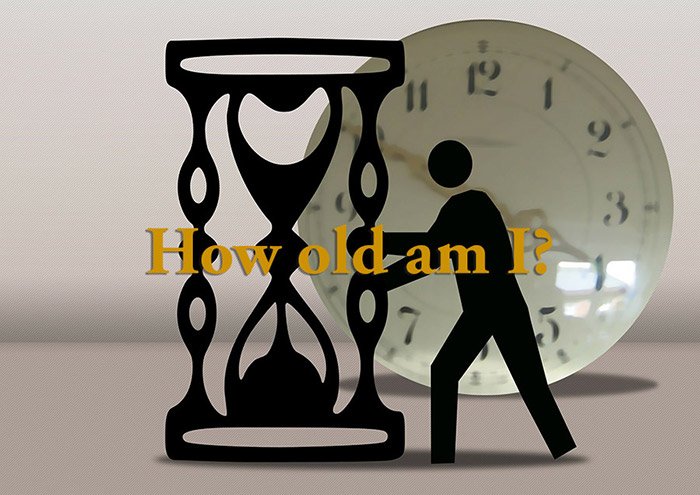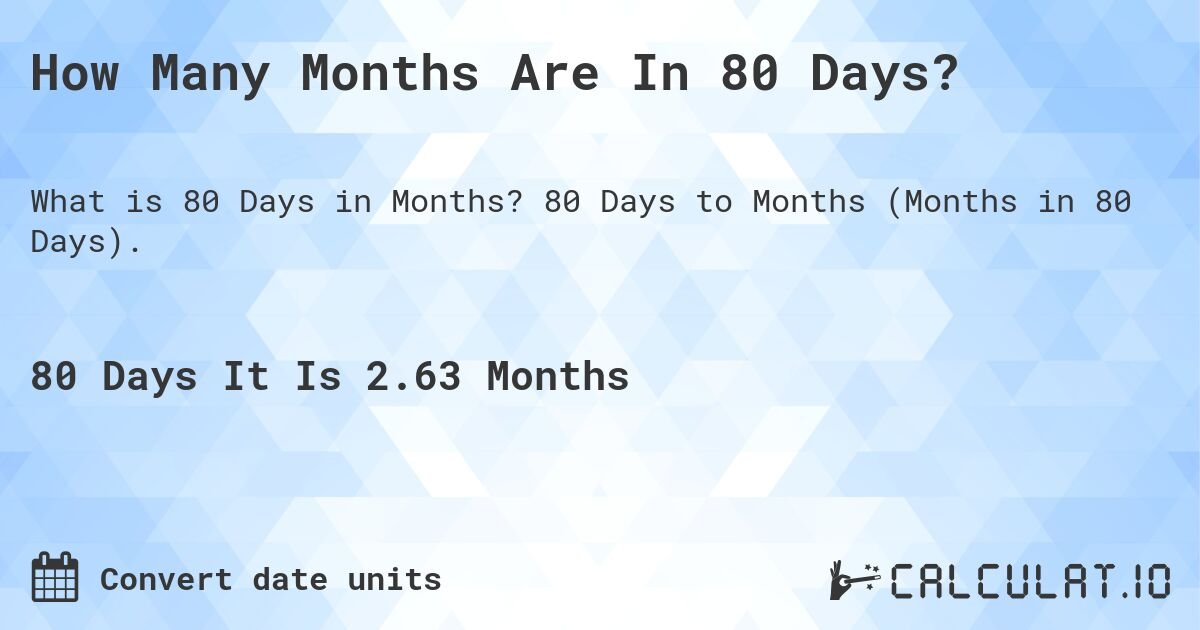There are 16 tablespoons in a cup. When it comes to cooking and baking, this conversion is an essential one to have at your fingertips. Understanding how many tablespoons are in a cup can make following a recipe easier and more precise. Whether you’re measuring out ingredients for a decadent dessert or a savory dish, knowing this conversion will streamline your time in the kitchen. So let’s delve into this simple yet crucial measurement to enhance your culinary skills.
How Many Tablespoons Are in a Cup: A Detailed Exploration
Welcome, young chefs and cooking enthusiasts! Have you ever found yourself in the middle of a recipe, only to realize that you’re not sure how many tablespoons are in a cup? Don’t worry, you’re not alone! Understanding the conversion between tablespoons and cups is essential for successfully following recipes and creating delicious dishes. In this comprehensive guide, we will delve into the world of cooking measurements and demystify the question – “How many tablespoons are in a cup?” Let’s get started!
The Basics: Understanding Tablespoons and Cups
Before we dive into the specifics, let’s first understand what tablespoons and cups are and how they differ. Tablespoons and cups are both units of volume used in cooking to measure ingredients such as liquids, powders, and grains. Tablespoons are smaller units, typically used for measuring smaller quantities of ingredients like spices or liquids. On the other hand, cups are larger units that are commonly used for measuring bulkier ingredients like flour, sugar, or liquids.
So, how many tablespoons make up a cup? The answer is crucial to ensure accuracy in cooking and baking. Let’s break it down further:
Conversion: Tablespoons to Cups
When converting tablespoons to cups, it’s essential to know the exact ratio to avoid any mistakes in your recipes. One cup is equivalent to 16 tablespoons. That means if a recipe calls for 1 cup of a certain ingredient, you would need to measure out 16 tablespoons of that ingredient. Similarly, if a recipe requires 8 tablespoons, you would be using half a cup of that ingredient.
To help you visualize the conversion, imagine a set of measuring spoons: a tablespoon is like the smaller spoon, while a cup is like a larger container that can hold multiple tablespoons. This visual representation can make it easier to grasp the relationship between tablespoons and cups.
Practical Example: Applying the Conversion
Let’s put this conversion into practice with a fun example. Imagine you’re making a delicious batch of chocolate chip cookies, and the recipe calls for 1 and a half cups of chocolate chips. How many tablespoons of chocolate chips would you need?
To solve this, you first need to know that 1 cup is equal to 16 tablespoons. Since the recipe requires 1 and a half cups of chocolate chips, you would calculate it as follows:
1 cup = 16 tablespoons
1 and a half cups = 1 cup + 0.5 cups = 16 tablespoons + 8 tablespoons = 24 tablespoons
Therefore, you would need 24 tablespoons of chocolate chips to make your scrumptious chocolate chip cookies. Easy, right?
Common Kitchen Conversions
Understanding how many tablespoons are in a cup is just the tip of the iceberg when it comes to kitchen conversions. Here are some common conversion factors that you might find handy in your culinary adventures:
Teaspoons to Tablespoons:
1 tablespoon = 3 teaspoons
Cups to Quarts:
1 quart = 4 cups
Ounces to Cups:
1 cup = 8 ounces
Mastering these conversions will make your cooking experiences smoother and more enjoyable. Whether you’re doubling a recipe, halving it, or simply improvising with the ingredients on hand, having a good grasp of kitchen conversions is a valuable skill.
Why Does it Matter?
You might be wondering, why is it so important to know how many tablespoons are in a cup? Well, precise measurements are crucial in cooking and baking to ensure that your dishes turn out just right. Using the correct amount of each ingredient can affect the taste, texture, and overall success of your recipe.
Imagine adding too many tablespoons of salt to your soup because you misinterpreted the conversion – it could ruin the entire dish! By understanding measurements like tablespoons and cups, you can avoid such mishaps and become a more confident and skilled cook.
So, there you have it – a comprehensive guide to understanding how many tablespoons are in a cup. By mastering this basic kitchen conversion, you’ll be well-equipped to tackle a wide range of recipes and experiment with your culinary creations. Remember, practice makes perfect, so don’t be afraid to get hands-on in the kitchen and have fun exploring the world of cooking measurements!
Happy cooking, and may your dishes always be delicious!
Stay tuned for more exciting cooking tips and tricks!
How many tablespoons are in a 1/4 cup? #shorts
Frequently Asked Questions
How do I convert tablespoons to cups?
To convert tablespoons to cups, you need to know that 16 tablespoons are equal to 1 cup. So, if you have a certain number of tablespoons and want to convert it to cups, simply divide the number of tablespoons by 16.
What is the relationship between tablespoons and cups?
The relationship between tablespoons and cups is that 1 cup is equivalent to 16 tablespoons. This means that if you have a recipe that calls for cups, you can easily convert it to tablespoons by multiplying the number of cups by 16.
How many tablespoons are in half a cup?
There are 8 tablespoons in half a cup. Since 1 cup is equal to 16 tablespoons, half a cup is half of that amount, which is 8 tablespoons.
Final Thoughts
In summary, there are 16 tablespoons in a cup. Understanding this simple conversion can make cooking and baking more efficient. Knowing how many tablespoons are in a cup allows you to easily follow recipes and measure ingredients accurately. So next time you are in the kitchen, remember the handy conversion of how many tablespoons are in a cup to streamline your cooking process.




